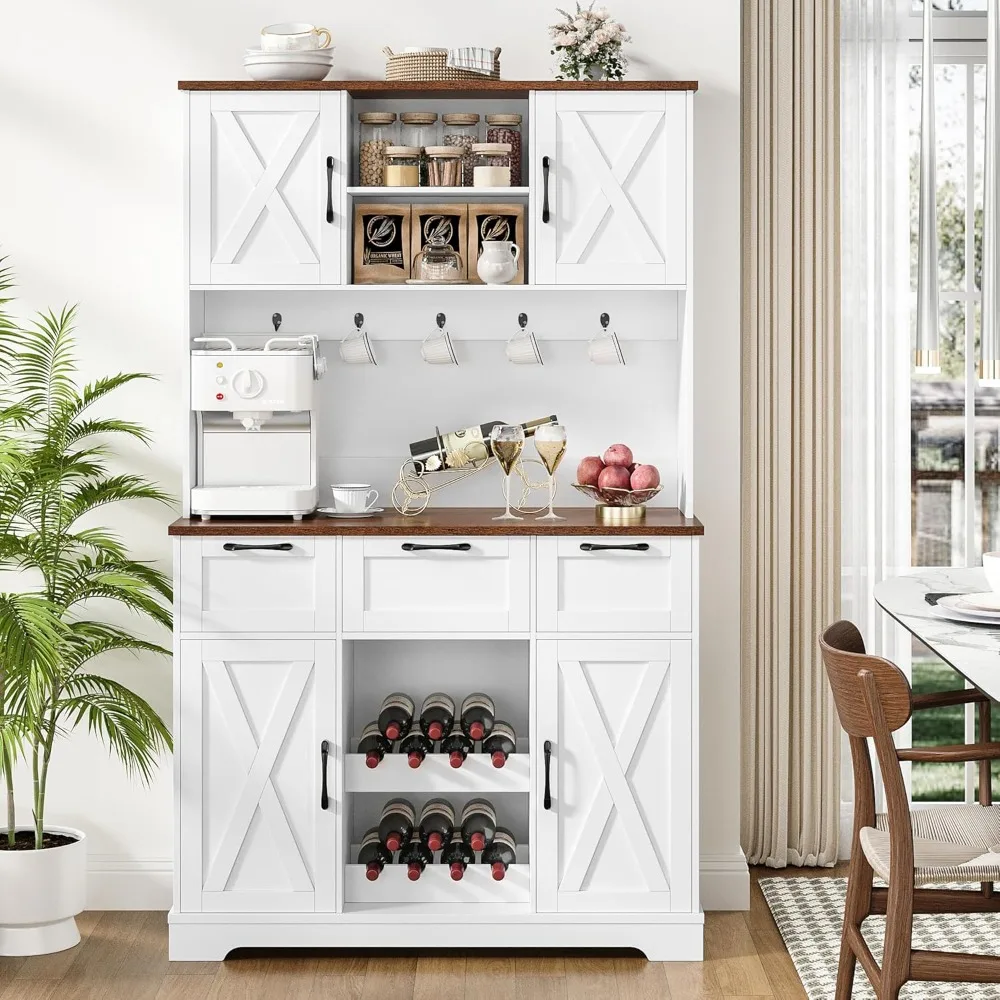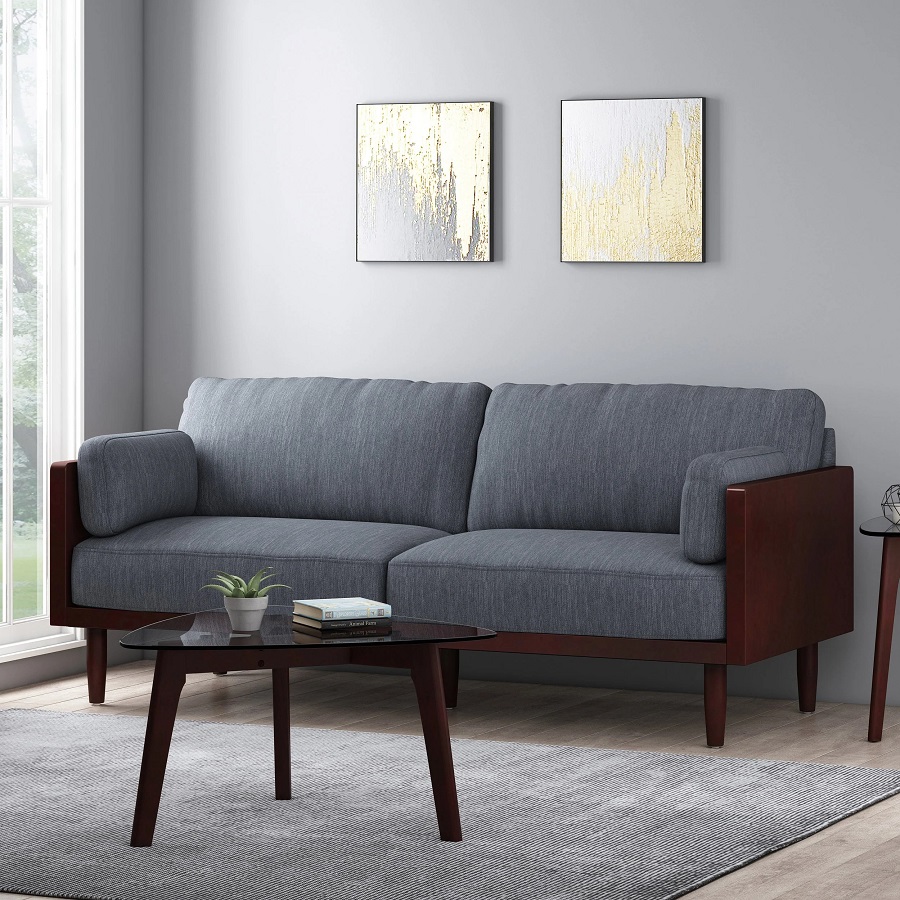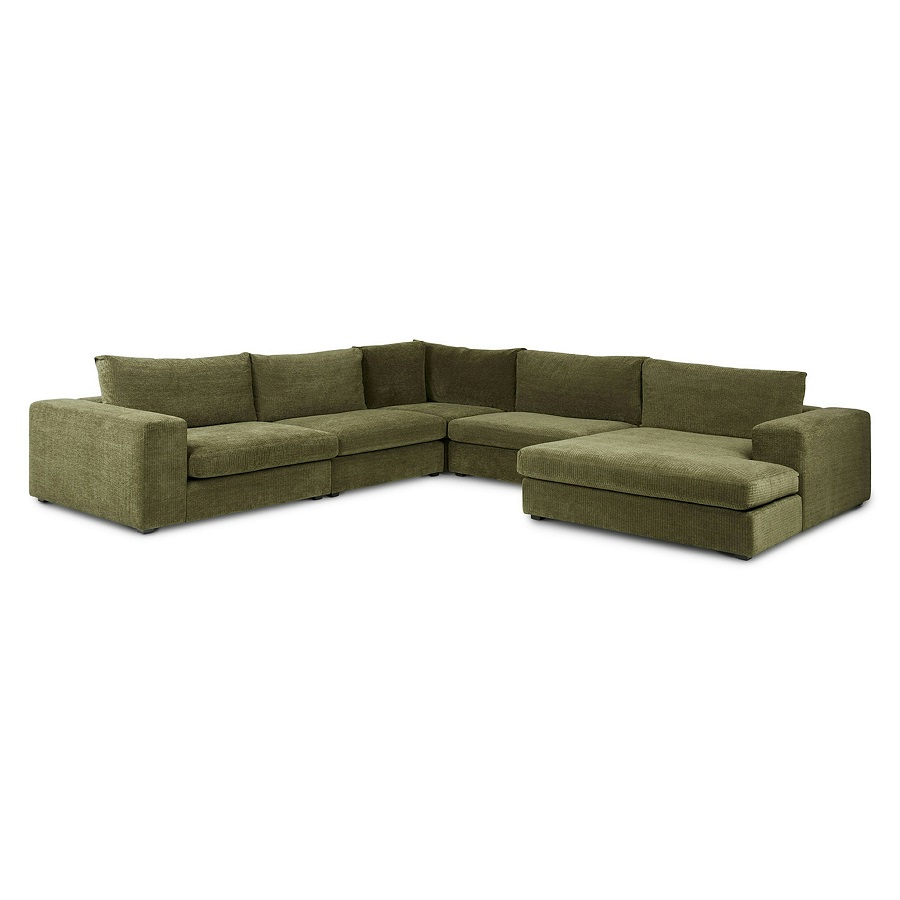Refinishing cabinets can be a rewarding DIY project that transforms your kitchen or bathroom from outdated to updated with a fresh new look. Whether you’re looking to breathe new life into old cabinets or update the color and finish to match a modern decor, refinishing is a cost-effective and efficient way to achieve this. This comprehensive guide will walk you through the entire process, from preparation to finishing touches, ensuring that your cabinet refinishing project is a success.
Understanding the Benefits of Cabinet Refinishing
Cost-Effective Home Improvement
Refinishing cabinets is significantly cheaper than replacing them entirely. New cabinets can be expensive, often costing thousands of dollars when factoring in both the purchase price and installation. Refinishing, on the other hand, typically costs a fraction of this amount, making it an excellent option for those looking to update their space without breaking the bank. Additionally, refinishing allows you to maintain the existing cabinet structure and layout, saving you the hassle and cost of redesigning your kitchen or bathroom.
Environmentally Friendly Option
Choosing to refinish rather than replace your cabinets is an environmentally conscious decision. By refinishing, you are reusing and extending the life of existing materials, which reduces the waste that would otherwise be generated from disposing of old cabinets. This approach not only conserves resources but also minimizes the environmental impact associated with manufacturing and transporting new cabinetry. For those concerned with sustainability, refinishing is a practical and eco-friendly home improvement choice.
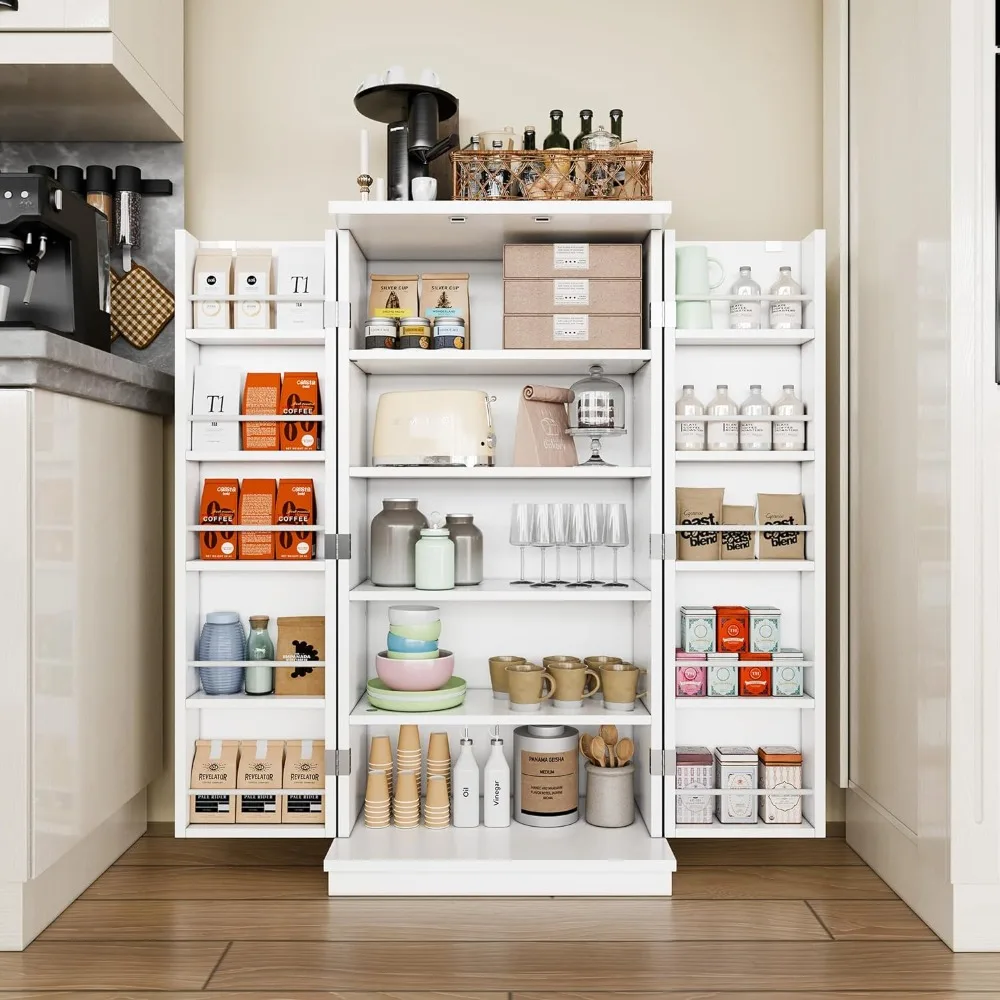
Preparing for the Refinishing Process
Gathering the Necessary Tools and Materials
Before diving into your refinishing project, it’s essential to gather all the necessary tools and materials. Common tools include screwdrivers, sandpaper, paintbrushes, and a paint roller. Additionally, you’ll need primer, paint or stain, and a clear finish or sealant. Having these items on hand will help streamline the process and ensure you’re fully prepared to tackle each step efficiently. Make sure to choose high-quality products to achieve the best results and ensure durability.
Removing Cabinet Doors and Hardware
The first step in refinishing your cabinets is to remove the doors and hardware. Start by carefully unscrewing the cabinet doors from their hinges and placing them in a designated workspace. It’s helpful to label each door and its corresponding hardware to make reassembly easier later. Also, remove any drawer fronts and handles. This step is crucial as it allows you to access all surfaces that need to be sanded and painted or stained, ensuring a uniform finish.
Cleaning and Sanding the Cabinets
Thoroughly Cleaning the Surface
Once the cabinets are disassembled, the next step is to thoroughly clean all surfaces. Use a degreasing cleaner to remove any built-up grease, dirt, or grime that may have accumulated over time. A clean surface is essential for ensuring that the primer and paint adhere properly. Pay special attention to areas around handles and hinges, where grease tends to collect. After cleaning, allow the surfaces to dry completely before moving on to sanding.
Sanding for a Smooth Finish
Sanding is a critical part of the refinishing process, as it prepares the surface for painting or staining. Start with a medium-grit sandpaper (around 120-grit) to remove the old finish and smooth out any imperfections. Follow up with a fine-grit sandpaper (around 220-grit) to create a smooth, even surface. Sanding also helps the primer and paint adhere better to the wood. Be sure to sand both the cabinet frames and doors thoroughly, paying attention to any detailed areas or moldings.
Applying Primer and Paint
Choosing the Right Primer
Choosing the right primer is crucial for achieving a professional-looking finish. A high-quality primer will help seal the wood, cover any stains or discolorations, and create a smooth base for the paint or stain. For most cabinet refinishing projects, a bonding primer is recommended, especially if you’re working with a glossy or slick surface. Apply the primer using a brush or roller, and allow it to dry completely according to the manufacturer’s instructions before moving on to painting.
Selecting and Applying Paint
When it comes to choosing paint, consider opting for a high-quality, durable paint designed for cabinetry. Latex or oil-based paints are both suitable options, though oil-based paints tend to be more durable and resistant to chipping. Choose a color that complements your space and decor. Apply the paint in thin, even coats using a brush or roller, and allow each coat to dry before applying additional layers. Typically, two to three coats of paint are needed for a uniform finish.
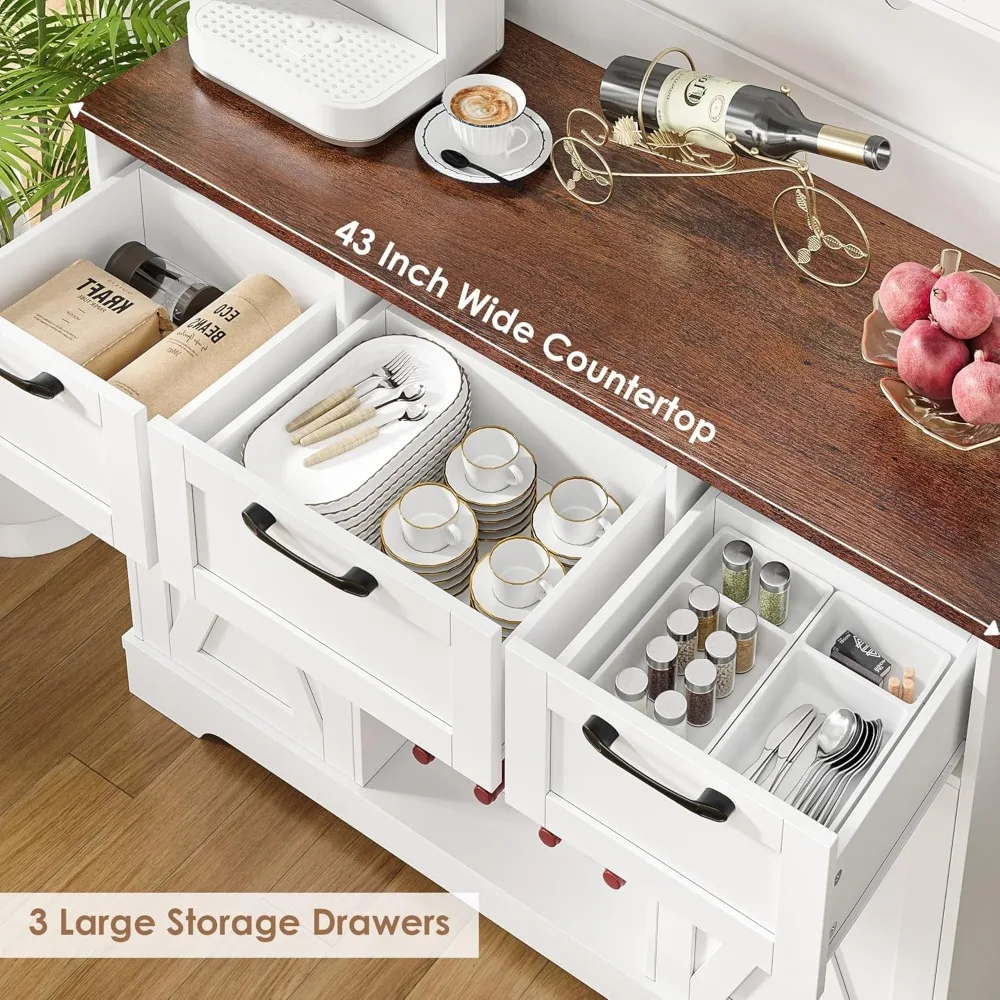
Staining and Sealing the Cabinets
Choosing the Right Stain
If you prefer a stained finish rather than painted, select a stain that enhances the natural beauty of the wood while providing the desired color. Stains come in various shades and types, such as gel stains or penetrating stains. Test a small, inconspicuous area first to ensure you’re happy with the color. Apply the stain using a brush or cloth, working it into the wood grain. Wipe off any excess stain with a clean cloth to avoid blotches or uneven coloring.
Sealing for Durability
Once the stain or paint has dried completely, it’s essential to apply a clear finish or sealant to protect the cabinets from damage. A polyurethane or lacquer finish is commonly used for cabinetry as it provides a durable, protective layer. Apply the sealant using a clean brush or roller, following the manufacturer’s instructions for application and drying times. Ensure the finish is applied evenly to prevent streaks or uneven areas. Allow the sealant to cure fully before reattaching the cabinet doors and hardware.
Reassembling and Installing Cabinets
Reattaching Doors and Hardware
After the paint or stain has fully cured, it’s time to reassemble your cabinets. Start by reattaching the doors and drawer fronts to their hinges, ensuring that everything is aligned correctly. Use the labeled hardware to simplify the reassembly process. Tighten screws securely but avoid over-tightening, which could damage the cabinet wood or hardware. Check that all doors open and close smoothly, and make any necessary adjustments to the hinges to achieve a perfect fit.
Final Touches and Cleaning
Once the cabinets are reassembled, perform a final inspection to ensure that everything is in order. Touch up any areas that may have been missed or require additional paint or stain. Clean the cabinets thoroughly to remove any dust or debris that may have accumulated during the refinishing process. This is also a good time to clean the surrounding area and ensure that your space is ready to use. Take a step back and admire your work, knowing that you’ve successfully transformed your cabinets with a fresh, updated look.
Maintaining Your Newly Finished Cabinets
Regular Cleaning and Care
To keep your refinished cabinets looking their best, regular cleaning and care are essential. Use a mild cleaner and a soft cloth to wipe down the surfaces, avoiding harsh chemicals or abrasive cleaners that could damage the finish. Regular dusting and occasional deep cleaning will help maintain the appearance and longevity of your cabinets. Pay attention to high-traffic areas and spots prone to grease or dirt buildup, and address these promptly to prevent staining or damage.
Addressing Wear and Tear
Despite your best efforts, cabinets may experience wear and tear over time. Address any scratches, dents, or other damage promptly to prevent further issues. For minor scratches, touch-up paint or stain can be used to blend the damage with the surrounding area. For more significant repairs, you may need to sand down the affected area and reapply paint or stain. Regular maintenance and prompt repairs will help ensure that your refinished cabinets continue to look great and function well for years to come.
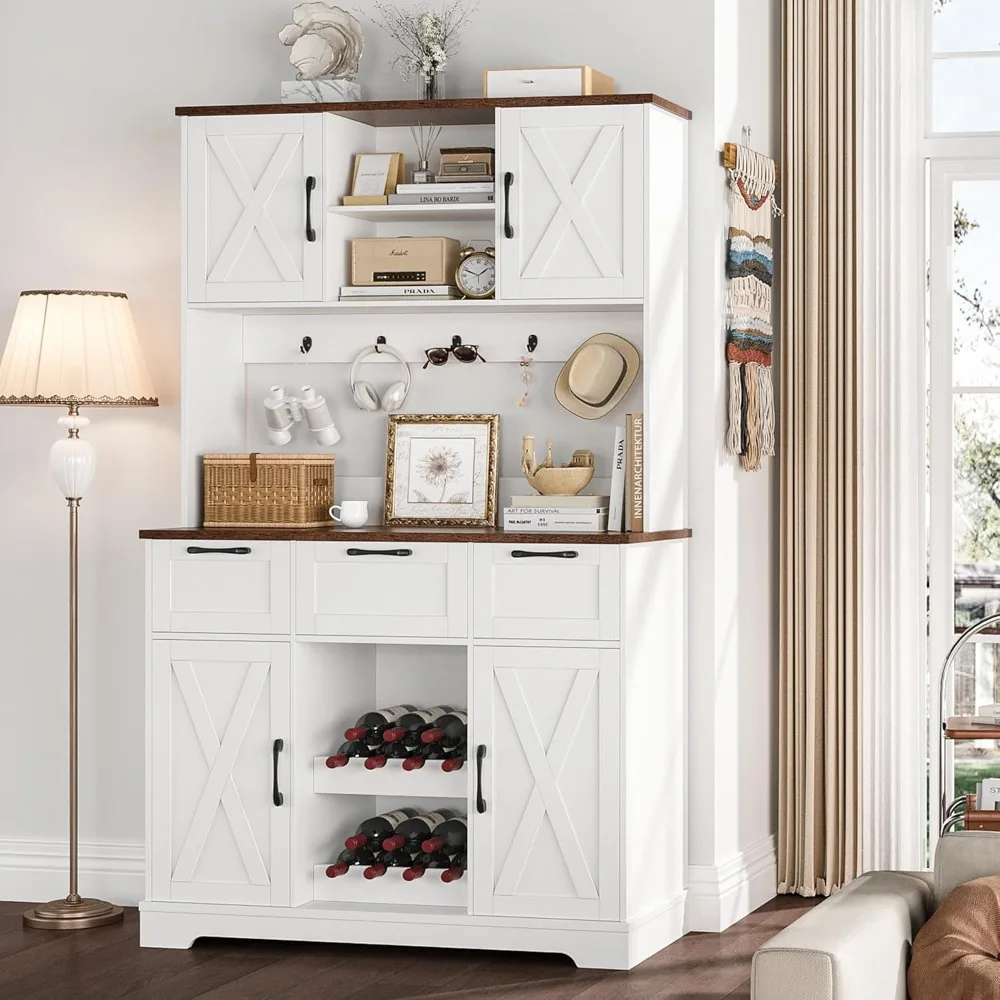
Conclusion
Summary of the Refinishing Process
Refinishing cabinets is a fantastic DIY project that can rejuvenate your home’s appearance while saving money. By carefully preparing your cabinets, choosing the right products, and applying paint or stain with attention to detail, you can achieve a professional-quality finish. From removing doors and sanding to applying primer and sealing, each step plays a crucial role in the overall outcome. Following this comprehensive guide will help you navigate the refinishing process with confidence and achieve stunning results.
Final Thoughts on DIY Cabinet Refinishing
Undertaking a cabinet refinishing project is not only a practical solution for updating your home but also a rewarding way to showcase your DIY skills. With the right tools, techniques, and a bit of patience, you can transform your cabinets and create a refreshed, stylish space. Embrace the challenge, enjoy the process, and take pride in the beautiful results of your hard work. Refinishing your cabinets can breathe new life into your home and offer a lasting impact on your living space.






